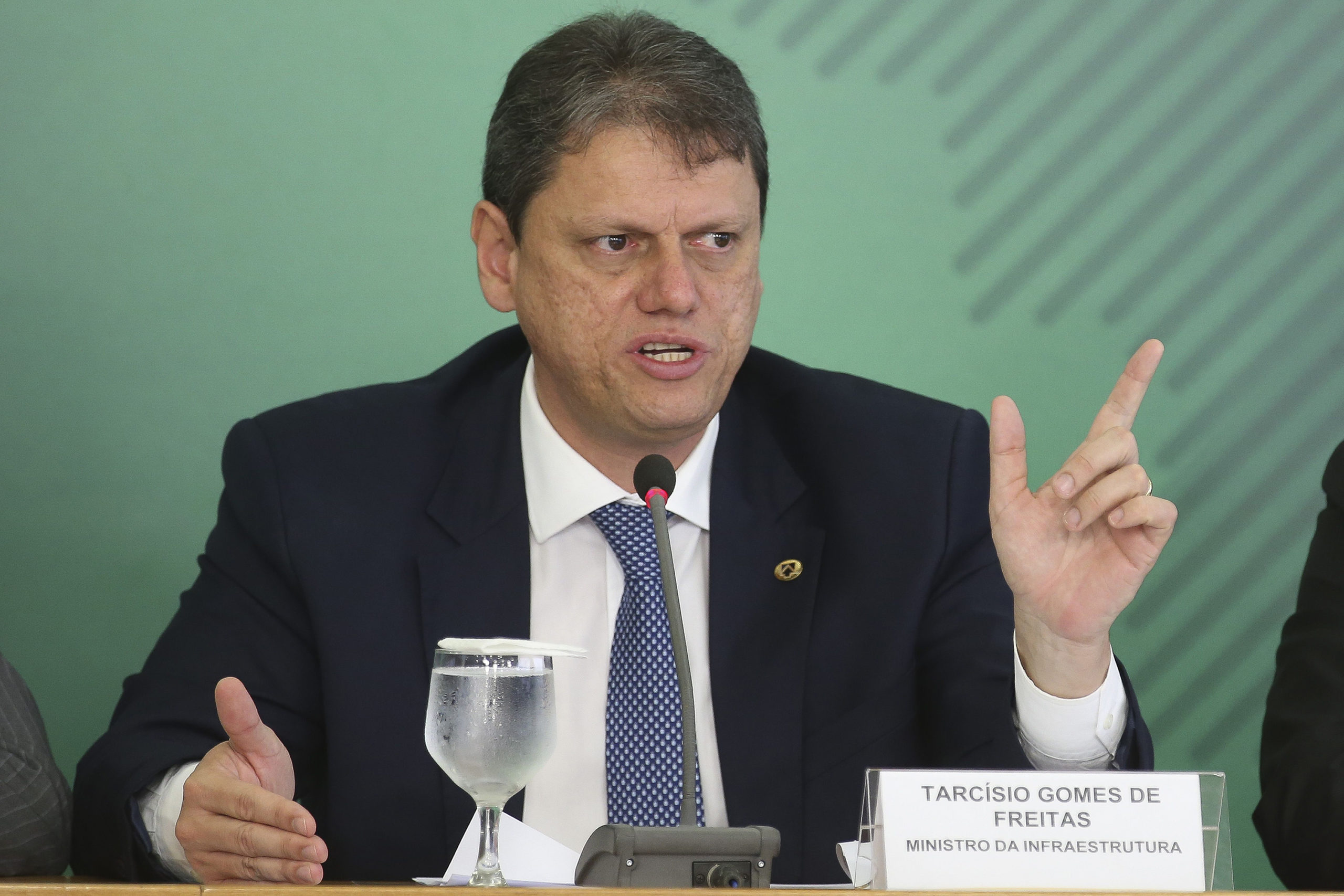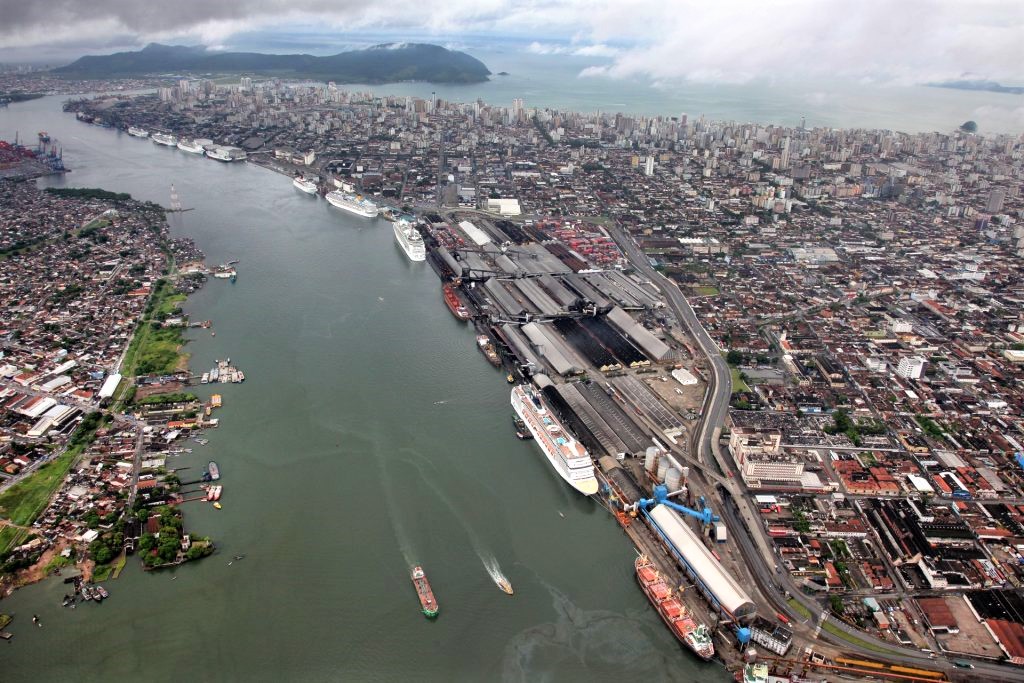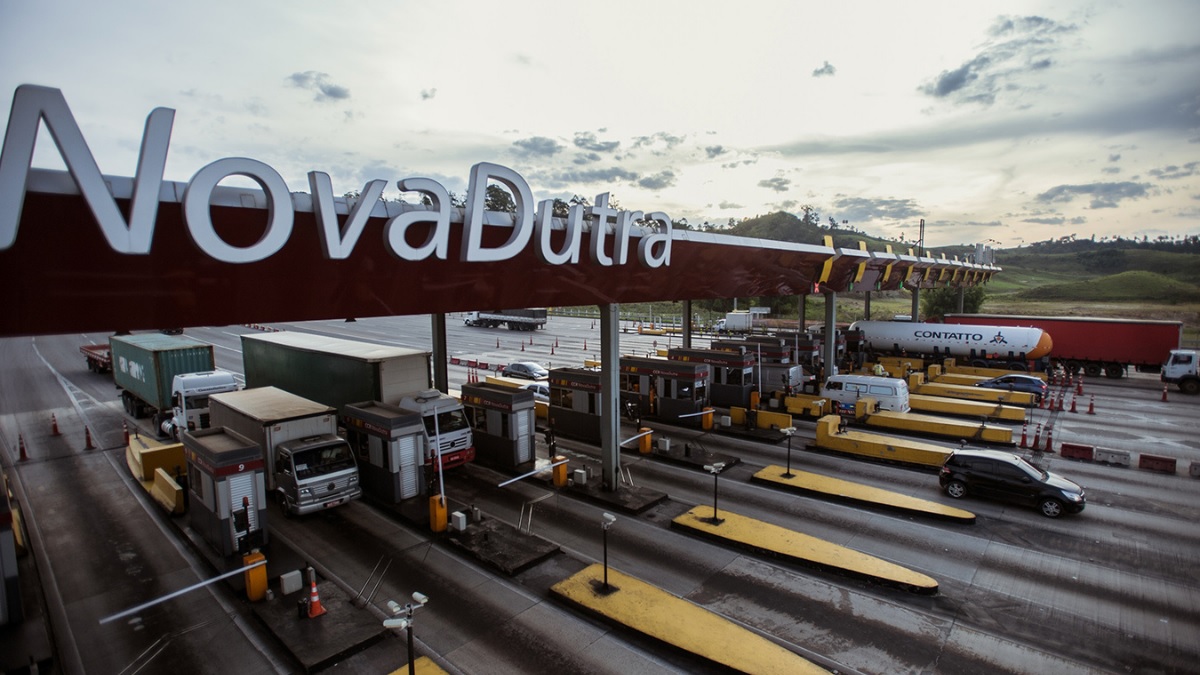RIO DE JANEIRO, BRAZIL – In a bold statement made in August this year, Brazil’s Minister of Infrastructure, Tarcísio Gomes de Freitas, said that the population will see the country transforming into a “construction site” between 2024 and 2027.
This statement is supported by the ambitious concession plan being carried out by Brazil’s Federal Government. Just icing on the cake, the Minister was in France, Italy, Spain, and the United Arab Emirates intending to attract at least R$260 billion (US$47 billion) in investments by 2022. “We were able to discuss airport projects, urban mobility, basic sanitation, roads, railroads and discuss the privatization of ports,” the Minister said regarding the trip.
In the first half of this year, the Federal Government delivered 51 transportation infrastructure works. These works improve logistics and bring more efficiency and safety to road, rail, air, and river transportation. Federal investment in the period exceeded R$3 billion in new projects and the resumption of paralyzed works.

It was possible to restore and complete highways, build port facilities, and invest in airport improvements during the period. In the first six months, R$18.9 billion in investments were contracted.
Regional leader
Despite leaving the ranking of the ten largest economies in the world and falling to 12th place (in 2019, it was in ninth place), according to a survey by the rating agency Austin Rating, Brazil has received during 2021 about 70% of the total amount invested in Latin America.
Despite the 0.1% contraction of the Gross Domestic Product (GDP) in the second quarter of the year, the Ministry of Economy assessed that the country had faster economic recovery than other countries. Thus, Brazil presented an above-average GDP performance in the inter-annual and accumulated results in four quarters. According to the Ministry, it would surpass developed countries like the United Kingdom and Germany. In relation to emerging economies, it is only behind China and Chile.
For the Ministry, there are five main positive factors for activity in the second half of the year: higher overall growth; investment financed by the private sector; increase in the savings rate; expansion of the credit and capital markets; and recovery of formal and informal employment with mass vaccination, which continues, although not at the pace desired by the general population.
The Brazilian GDP result was the fourth-best in the first quarter, behind the United States and South Korea (each with an increase of 1.6%) and Canada (1.4%).
The Minister of Economy, Paulo Guedes, stated that the Brazilian economy is growing “above the world average”. “Brazil was one of the economies that fell the least, came back faster, created more jobs, and we are also growing above the world average,” he said.
The Organization for Economic Cooperation and Development (OECD) raised its expectations for Brazilian economic growth this year to 5.2%, 1.5 percentage points higher than previously forecast.
An essential part of this boost will come from public works. The construction sector will have a very fruitful and eventful year ahead. Auctions and concessions are spreading across the states and causing expectations for the segment to rise. “We have already contracted, for the next few years, more than US$100 billion in contracts signed in railroads, natural gas, oil, electricity, railroads, ports,” Guedes said.
Navigating the recovery
Brazilian ports have received special attention from the Ministry of Infrastructure. The Federal Government has driven a transformation in the port sector, impacting the entire economy and generating employment.

Since 2019, 33 port leases have been made, contracting more than R$4 billion in private investments. In the same period, 99 concession contracts were signed for private terminals, with about R$10 billion in contracted investments in private terminals.
In the port of Santos, the largest port complex in Latin America, responsible for handling almost a third of Brazilian trade, through which more than 50% of Brazil’s GDP passes, recently inaugurated three new works totaling investments of R$601 million.
The amount comprises the construction of a third railway line in the district of Paquetá, a berthing dock for liquid bulk carriers at a terminal on Ilha Barnabé, and the expansion and modernization of the Tecon Santos dock. On occasion, Guedes said that “every time I come here I feel optimistic about Santos and about Brazil. There are R$3.2 billion in investments in existing contracts and today we are inaugurating R$600 million”.
Among the benefits of the operation are the local and regional economy movement and the generation of jobs.
A terminal was also recently auctioned at the Port of Imbituba, southern Santa Catarina State. This terminal handles liquid or chemical fuels in bulk. The event was won by the company “Fertilizantes Santa Catarina Ltda”, with a grant bid of R$200,000. The only one to bid, the company will manage the area for ten years and invest R$25 million.
The concessions are part of the Federal Government’s strategy to transfer assets to the private sector to raise funds that will translate into improvements and modernization of the ports.
Flying high
The Ministry of Infrastructure also concentrates efforts to equip and modernize regional airport structures throughout Brazil. Since the beginning of the current government, investments in these airfields, with public resources from the National Civil Aviation Fund (Fnac), have exceeded R$1 billion. In the first half of this year alone, regional aviation received R$130.7 million from Fnac.
At Navegantes International Airport (Santa Catarina State), one of the projects whose improvements began in 2019, R$61.7 million has been invested. The upgrades include the airfield, which tripled the capacity of the passenger terminal and quintupled the departure lounge.
In Paraná, the Foz do Iguaçu International Airport’s apron and runway were expanded, the taxiway was expanded, and access to the terminal was doubled. The works delivered in April required R$69 million.
Another infrastructure that underwent improvements was the Catarina Airport (São Paulo State). Being the first private international airport in Brazil, it is beginning to operate as a public aerodrome under the authorization regime, with permission to land aircraft from other countries and take-offs to other countries. Investments are around R$700 million in the airfield structure.
The National Civil Aviation Secretariat (SAC) has begun to structure the seventh round of airport concessions, scheduled for the first half of 2022, with the offer of 16 airports and an estimate to receive more than R$5 billion in investments. The main terminals will be Santos Dumont (Rio de Janeiro City) and Congonhas (São Paulo City).
Railways
In Brazilian railroads and highways, investments are aimed mainly at quality in delivery and, as a result, routes more conducive to progress and financial, economic, and personal value development since they benefit their users in different ways.
Nine hundred twenty-seven kilometers of paved, duplicated, and reconstructed roads; and 170 kilometers of new railroads were delivered between January and June.
In 2021, there was a 13.7% growth in rail freight. The idea is to reach 2035 with a share of almost 40% of modal rail transport. Fundamental in this process is the Railway Authorization Program, “Pro Trilhos.”
Created through Provisional Measure No. 1,065/21, which establishes the institute of concession by authorization for the railroad sector, allowing free initiative in the railroad market, it empowers the private sector to build and operate railroads, branches, rail yards, and terminals.
Pro Trilhos aims to increase the attractiveness of the private sector to invest in railroads, whether greenfields (new companies – railroads built from scratch) or brownfields (companies that will use existing railroads, at least in part of the desired extension).
The program allows for the implementation of about 5,500 kilometers of new tracks throughout Brazil.
The possibility for private companies to invest directly in the creation and operation of new railroads through the authorization instrument should generate investments of up to R$150 billion in new railway lines in Brazil, promising to reactivate the economy further.
“In a very short time, we will reach R$150 billion of private investment in railroads. Is that a lot? Well, [the Ministry of Infrastructure’s] budget is R$6.5 billion,” said the Minister, comparing the available amount that the Ministry of Infrastructure has to invest annually and the number of projects expected by the Federal Government.
Currently, there are 24 requests for new railroad lines submitted by the private sector, with an estimated 7,590.69 kilometers of railroad tracks and investments in the order of R$100.92 billion.
Three other projects are in the initial phase, with documentation verification by the SNTT team: duly formalized, they may raise the investment projection to R$117 billion.
The projection is that two million direct and indirect jobs will be created, in addition to a significant reduction in transportation costs, CO2 emissions, and the modernization of the national railroad network.
The Federal Government’s goal for the transportation infrastructure sector is to close 2022 with more than R$300 billion (more than US$53 billion) in contracted investments.
Free roads
Concerning highways, many are in accelerated progress toward completion.

Reconstruction work on 15 kilometers of the BR-251, the only transversal highway that crosses the Federal District, in the stretch between Santa Maria (Federal District) and Unaí (Minas Gerais State), is progressing at an accelerated pace. It is also the case of the paving of 102 km of BR-230 in Pará State and the road link between Rondônia and Acre States.
According to the Minister, the “largest road project underway in Brazil today” is being developed around Florianópolis (SC). It is a project that foresees investments of about R$1.7 billion (just over US$300 million). “There are 50 kilometers of duplication, seven double bridges, four tunnels, 20 uneven passages, six crossings, and 2,800 direct jobs,” specified the Minister.
Another highway that was in the spotlight was Nova Dutra, which is considered the country’s main highway and connects the two largest metropolitan regions of Brazil: Rio de Janeiro and São Paulo.
The Nova Dutra auction also includes the Rio-Santos section between Rio de Janeiro and Ubatuba (São Paulo State) and considers a 30-year contract foreseeing an investment of R$14.8 billion.
It highlights the regulation of services, with the computerization of instruments and the reduction of bureaucracy, one of the axes of the Gigantes do Asfalto program, launched in May to increase the health and safety of truck drivers.
It benefits from the expansion, improvement, and investments in roads, such as the availability of wi-fi and stop and rest points.
Also, in the road area, the government is working to implement the so-called free-flow, which is the passage of vehicles through toll booths without the need to stop since sensors do the traffic reading.
These are measures to reduce bureaucracy, such as extending the validity period of driving licenses and the Electronic Transport Document (DT-e) program, a technological platform developed by the Ministry to simplify and digitalize the issuance of mandatory documents.
Each work and investment contribute to the country’s resumption, development, and stamp as an agent of impulse and strength. The coming years may or may not legitimize these attributes.

